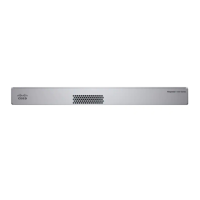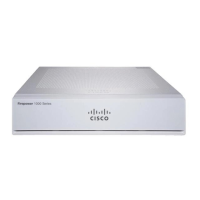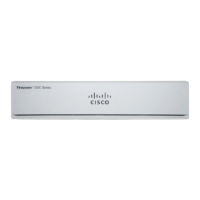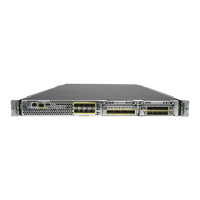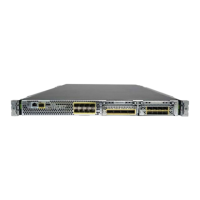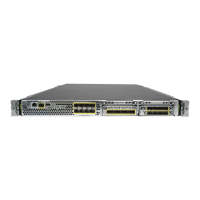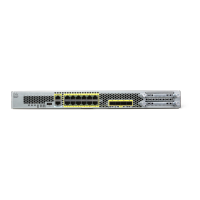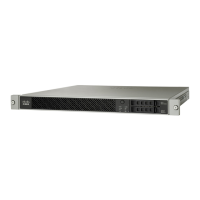Cable the Device, on page 88.Pre-Configuration
Power on the Firewall, on page 89.Pre-Configuration
(Optional) Check the Software and Install a New Version, on page 90CLI
(Optional) Change Management Network Settings at the CLI, on page 91.CLI
Log Into the Device Manager, on page 93.Device Manager
Complete the Initial Configuration, on page 94.Device Manager
(Optional) Configure Licensing, on page 95: Obtain feature licenses.Cisco Commerce
Workspace
Configure Licensing, on page 95: Generate a license token.Smart Software
Manager
Configure Licensing, on page 95: Register the device with the Smart Licensing
Server.
Device Manager
Configure the Firewall in the Device Manager, on page 101.Device Manager
Review the Network Deployment and Default Configuration
You can manage the threat defense using the device manager from either the Management 1/1 interface or
the inside interface. The dedicated Management interface is a special interface with its own network settings.
The following figure shows the recommended network deployment. If you connect the outside interface
directly to a cable modem or DSL modem, we recommend that you put the modem into bridge mode so the
threat defense performs all routing and NAT for your inside networks. If you need to configure PPPoE for
the outside interface to connect to your ISP, you can do so after you complete initial setup in device manager.
Cisco Firepower 1100 Getting Started Guide
85
Threat Defense Deployment with the Device Manager
Review the Network Deployment and Default Configuration

